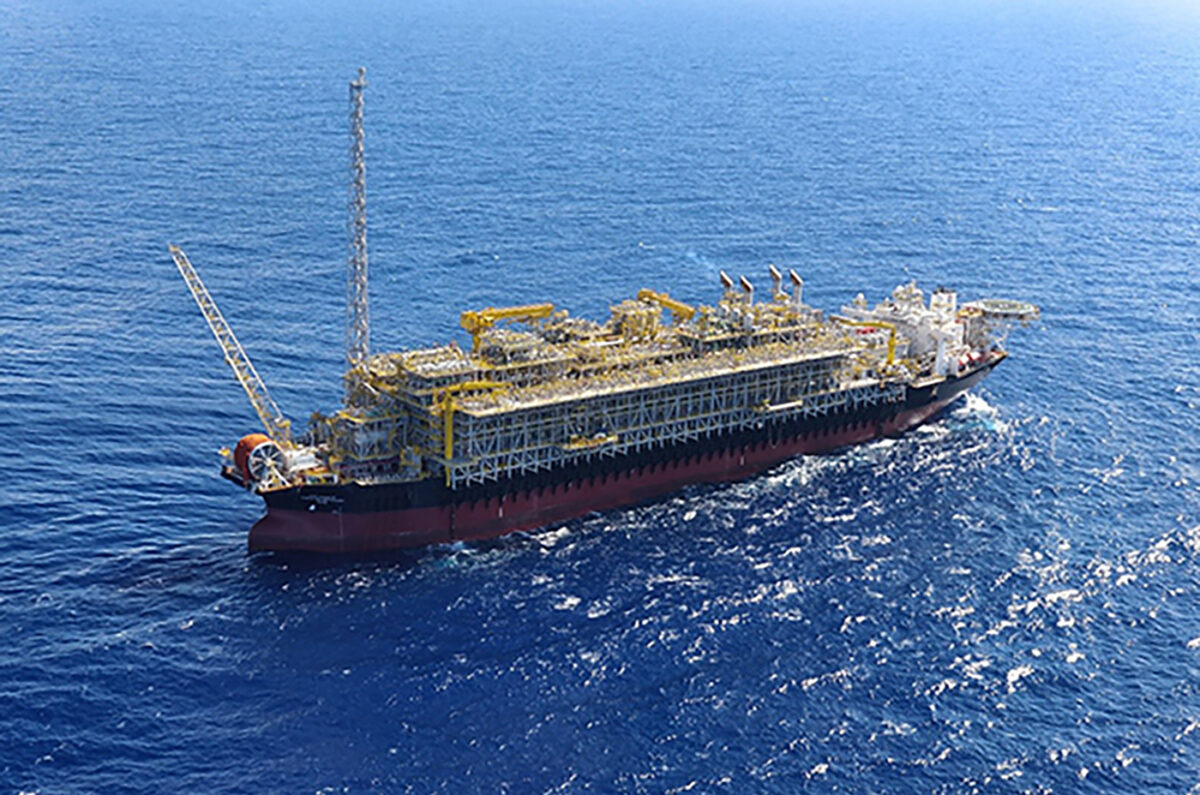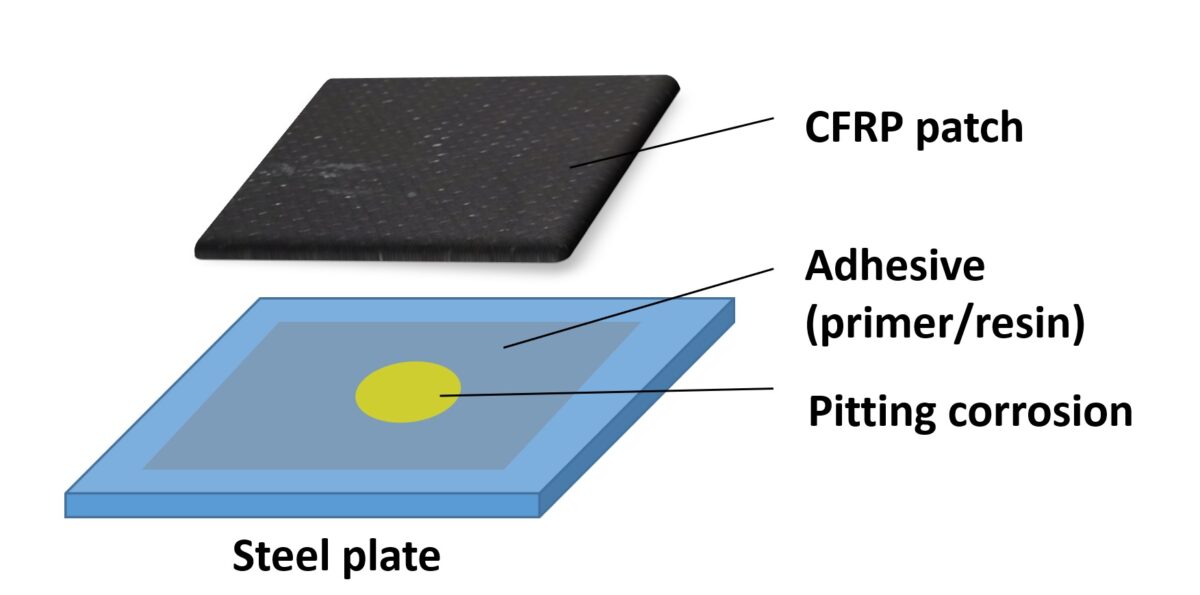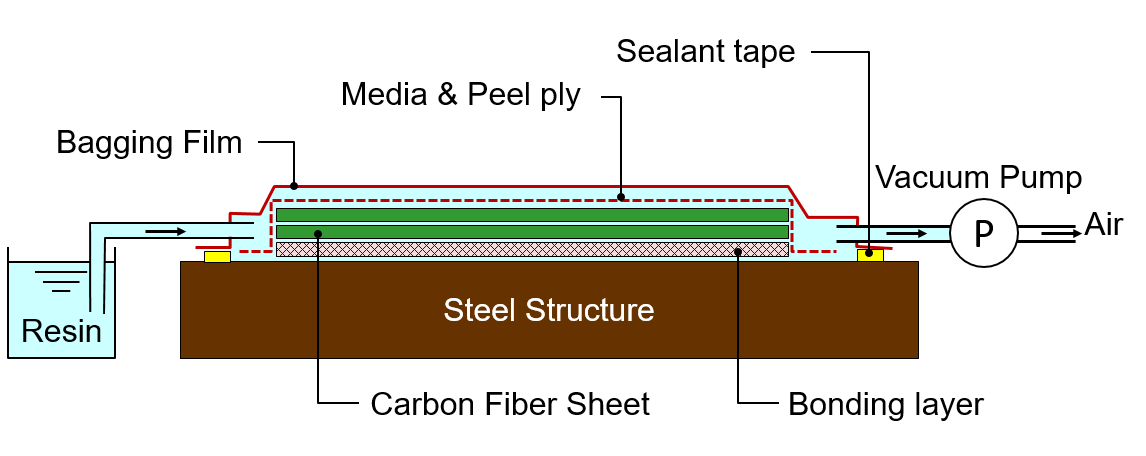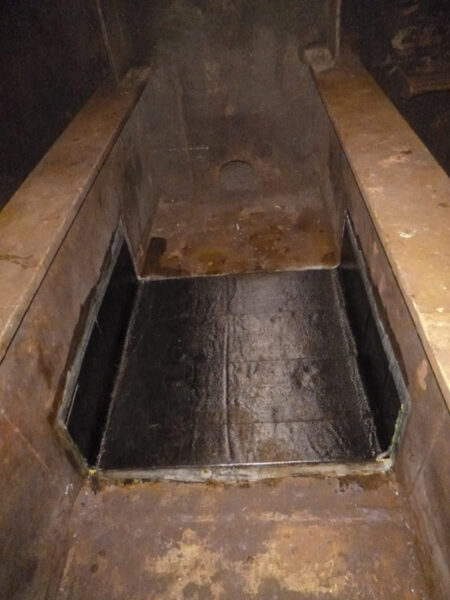CFRP Patch Approved for Offshore Platform Corrosion Repairs

Japanese firms jointly develop carbon fiber-reinforced plastic repair technique
Operators of offshore oil and gas platforms need to keep their infrastructure in good working order or risk encountering expensive downtime. Carbon fiber-reinforced plastic (CFRP) has come to the rescue, with a new technique enabling easier repair of thickened parts due to corrosion.
Two Japanese firms –– Toray Industries Inc. and MODEC Inc. –– have collaborated on the newly developed CFRP patch technology. They designed it for use on what is known in the industry as Floating Production, Storage and Offloading (FPSO), and Floating Storage and Offloading (FSO) systems.
MODEC to Start Using New CFRP Patch This Year

Founded in 1968, MODEC stands for Mitsui Ocean Development & Engineering. It is a general contractor specializing in engineering, construction, operation, and maintenance of offshore oil and gas vessels. The company announced in December that beginning this year it will use this new CFRP patch technique for pitting corrosion repairs.
Importantly, it allows FPSO and FSO maintenance to occur without interrupting oil and gas production.
This is just the latest collaboration between the two firms, which won American Bureau of Shipping (ABS) approval in late 2020 for a previous technique. Then the two companies jointly developed a vacuum-assisted resin transfer molding (VaRTM) process for CFRP repairs. ABS, which provides classification services for marine and offshore assets, approved applying CFRP to steel to restore its mechanical strength.
Two Approaches to CFRP Corrosion Repairs

This cross-section illustrates the VaTRM process.
The two techniques differ in the following way, explains Takahiro Matsui, of Tokyo-based Toray’s advanced composites unit, known as the ACM Technology Department:
- The resin transfer molding repair approach applies the CFRP reinforcement using a VaRTM technique on-site. After injecting and impregnating laminated carbon fiber sheets with epoxy resin, the sheets are hardened and bonded onto large, corroded areas. This process, which is used for more extensive repairs, typically takes three days to apply for one spot.
- The new CFRP patch bonding method, meanwhile, involves fabricating a CFRP patch plate in the factory, where the lamination specification is fixed. The repair team then brings it on-site and bonds it by hand pressing using an epoxy adhesive such as putty on the pitting corrosion. ABS has approved this technique for repairing areas with diameters of up to 300 millimeters that have suffered damage from pitting corrosion. These patches, for localized repairs, can also be installed on-site considerably faster than with the VaRTM repair method, Matsui said.
VaTRM Process is for Larger Corrosion Areas

This approved repair technique uses vacuum-assisted resin transfer molding (VaTRM) to create the required patches.
While excellent for repairing large corrosion areas, the VaRTM process was less suitable for pitting corrosion repairs. “The new CFRP patch technique is a more straightforward and more effective solution in such cases,” according to Toray. “It only requires bonding prefabricated CFRP patch flat plates over pitting corrosion, thereby reducing the workforce by half and improving lead times.”
The new patch technique eliminates the need for vacuum pumps and other equipment and streamlines the process of transporting reinforcement materials and construction tools onboard, Toray added. “Moreover, this technique ensures minimal disruption in oil and gas production because it eliminates the need for hot work.”
Toray –– founded in 1926 as a maker of rayon yarn –– and MODEC said they will continue to develop repair technologies for FPSO and FSO vessels. Their aim is “to promptly address market needs while tackling environmental and other social issues to contribute to a sustainable economy.”
